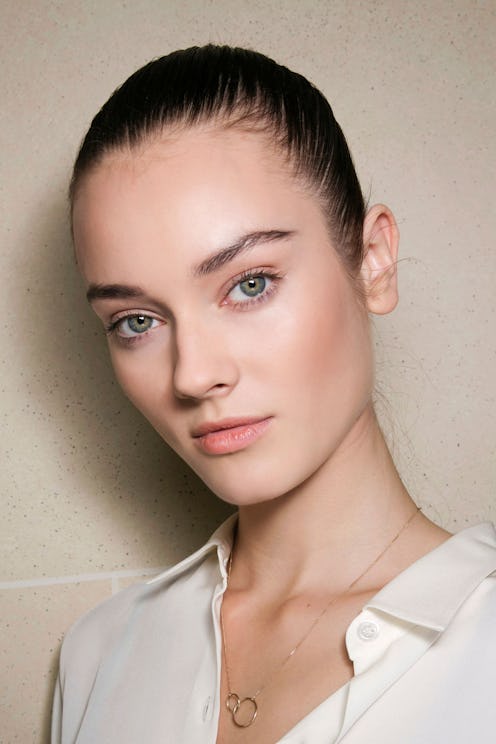I've tried a lot of strange treatments in the name of vanity (allowing a mischievous-looking man to suction glass cups to my back in the basement of a Shanghai massage parlor; parading topless through the lobby of Tulum's busiest hotel caked from my scalp to my feet in mud), but I've been hesitant about trying dermaplaning. Then I remembered it was nearly my birthday, and the threat of turning yet another year older made me reconsider. Here's what happened.
What Is Dermaplaning?
Like many beauty fads, dermaplaning is not a new practice, but it has recently found its way into the spotlight with a slew of celebrity fans and a growing number of salons offering the service. It involves using a fine razor blade to scrape the surface of your face and neck to remove dead skin and peach fuzz, promising to take with it your dull and lackluster complexion. That buildup (known to experts as hyperkeratosis) causes dull complexion, improper product penetration and acne. Dermaplaning reduces the thickness of the outer layer of the skin to correct those skin conditions, while increasing the thickness of the remaining epidermis and dermis. The fresh skin underneath is more receptive to serums and moisturizers, which helps your carefully selected product regimen work more efficiently delivering, (in theory), far better long-term results.
What Does It Feel Like?
I arrived to the aesthetician's home office (in her beautifully converted garage) in Mar Vista, which was tranquil and stunning but also not a doctor's office. After we discussed my skin and she showed me the tools she was going to use, I slipped onto the table and the hour-long facial began. As she readied the razor, a mild wave of panic came over me. I realized I was letting a complete stranger skin me alive in her garage, but the alternative (darting into the street wearing only a terry cloth robe) was also unappealing, so I stayed put and she started scraping off small sections of my face. It felt like a sheet of thick paper was being dragged across my cheek (thankfully only in small areas at a time), and once you realize the skin being removed is completely dead, the process becomes almost cathartic.
The Results
I have incredibly sensitive skin, so it wasn't surprising that I emerged from the appointment resembling a hairless cat who'd spent a day on the equator. I will say, however, that once the redness subsided, my skin was glowing, partially due to the lack of hair on my face, but mainly due to the layers of pore-clogging dead skin I had lost (and if you think that's gross, she actually showed me the shavings). I've used masks and tried microdermabrasion, but this is by far the most effective way to slough off your unwanted epidermis. I understand why insiders swear by the treatment ahead of events and will certainly consider it before the slew of upcoming weddings on my calendar this summer.
"I emerged from the appointment resembling a hairless cat who'd spent a day on the equator"
I should warn you, however, that much like any other skin-shearing treatment, you are far more sensitive to sun damage and should not use any harsh exfoliants or peels for at least a week following the procedure. Sunscreen and a floppy hat are your new best friends. While the hair on my face has grown back (thankfully, not black and stubbly), I will wait another few weeks before returning. Some people religiously dermaplane as soon as the hair returns, but I think it's something I'd do only every six months (it typically costs about $150 per session). I have noticed my skin is more radiant and has remained clearer for longer than it does following a regular facial. Worth a shot? Definitely. Just don't take it into your own hands, for now.
